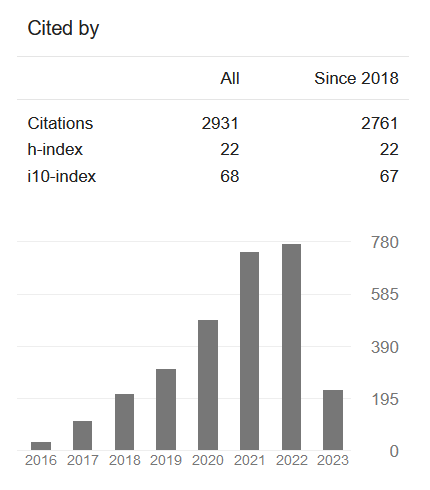Generation time, D and Z - values of pseudomonas fluorescens under different temperature, water activity and pH conditions( Vol-6,Issue-3,March 2020 ) |
|
Author(s): Ossama Dimassi, Marwa Rizq, Raymond Akiki, Fatima El Hajj, Mohammad Rached, Issam Kaddoura |
|
Keywords: |
|
|
D-Value, Z-Value, low acid food, high acid food, Alkaline food, Generation time, Water activity. |
|
Abstract: |
|
|
The aim of this study is to observe and assess the performance of Psychrotrophic Gram-negative bacteria, namely Pseudomonas fluorescens, which pose a significant spoilage problem in food, under different temperature, water activity (aw) and pH conditions. Noting that at aw 0.6 and 0.75 irrespective of temperature or pH and at temperatures 600 and 1000C irrespective of water activity or pH no survival was recorded. The D-value (Decimal reduction time) at 40, 250, 370 and 420C differ significantly, with the one at 370C was significantly the highest and that at 420C was significantly the lowest. The optimum conditions were found to be at pH=6, aw=0.97 and temperature=370C showing the significantly lowest generation time (7.69 min). At pH=6, aw=0.97 and temperatures of 40 and 250C we have significantly different generation times of 46.75 and 10.9 min respectively. Concerning the z-value it was calculated at pH=4 (high acid food), pH=6 (low acid food) and pH=8 (alkaline food), at aw 0.82, 0.93 and 0.97 and from consequent D-values at temperatures 40, 250, 370 and 420C and was shown to be 25.31±3.68. Outside of the optimum conditions, Pseudomonas fluorescens died at different rates. Within all pH-values, D-values at 420C were significantly the lowest when compared to those at 40, 250 and 370C among the different aw-values. Thus changing only one factor, either storage temperature, pH or aw out of the optimum neighborhood will lead to the reduction of this bacteria, although at different rates. |
|
Cite This Article: |
|
| Show All (MLA | APA | Chicago | Harvard | IEEE | Bibtex) | |
Share: |
|

 DOI:
DOI: 



























